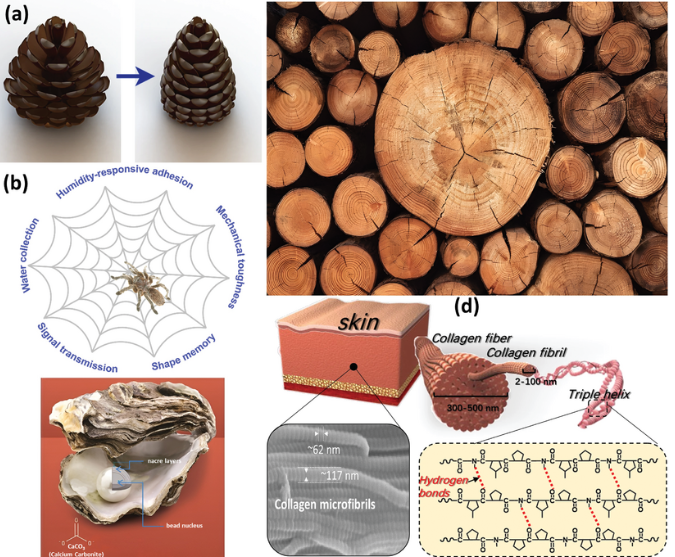Reducing waste and enhancing sustainability in additive manufacturing
- anikshakar6
- Nov 1, 2023
- 2 min read
What is Additive Manufacturing?
At its core, additive manufacturing starts with a digital file that represents a 3D model of the object. This digital blueprint is created through modeling software or captured using a 3D scanner. The 3D printer then brings this model to life by meticulously depositing successive layers of the chosen material, guided by the software, until the final object is complete.
Additive manufacturing is especially advantageous when it comes to creating objects with intricate and complex shapes, such as dental or orthopedic prostheses.

Reducing Waste as a Key Benefit
One of the standout advantages of additive manufacturing is its ability to significantly reduce waste. Unlike traditional manufacturing methods that involve removing material from a larger block, 3D printing builds objects from the ground up. This eliminates the need for molds, specific equipment, and the wastage associated with subtractive processes.
In fact, this layer-by-layer manufacturing approach can reduce both costs and material waste by up to 90% compared to traditional methods.
Challenges in Additive Manufacturing
Despite its many benefits, additive manufacturing isn't without its challenges. One significant challenge is the need for support structures, especially when printing complex geometries. These supports are crucial to prevent deformations and ensure the quality of the final product. However, once the printing is complete, these support structures must be removed, requiring additional time and effort. Unfortunately, the removed supports are wasted raw material, as they cannot be reused.
Additionally, every support structure added to an object increases printing time and energy consumption, depending on the volume of material and the number of supports required.
Optimization Algorithms for Waste Reduction

To address these challenges, mathematical models and optimization algorithms come to the rescue. These algorithms are designed to optimize the construction of support structures for each unique case. They can improve printer head paths to reduce time and enhance deposition quality. Moreover, topology optimization models go beyond shape optimization to minimize material distribution while meeting the piece's mechanical specifications.
This kind of algorithm is ideal for determining the optimal material distribution within the object and defining where support structures are needed and what shape they should have to minimize waste.
As these mathematical models and optimization algorithms become increasingly refined, they contribute to higher-quality 3D prints that reduce material waste, require less energy for production, and enhance the sustainability of the manufacturing process.
In conclusion, additive manufacturing has the potential to reshape the manufacturing industry by significantly reducing waste and energy consumption. With ongoing advancements in optimization algorithms and mathematical models, the future of 3D printing looks brighter than ever, promising a sustainable and efficient path forward for production.




Comments